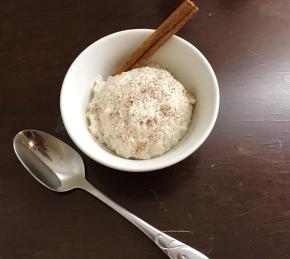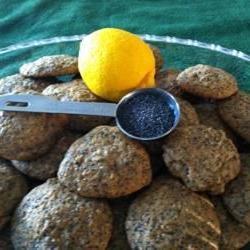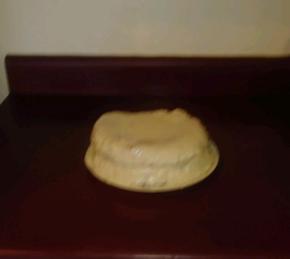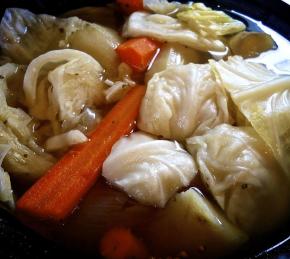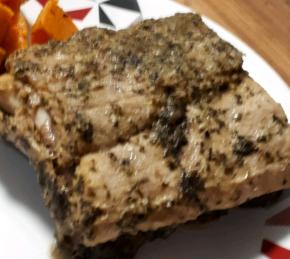European recipes Page 5
Useful Tips
European cuisine is known for its diversity and richness, with each region having its own unique dishes that reflect its history, culture, and geography. From French haute cuisine to German sausages and Italian pasta, European cuisine has something for everyone. Here are some of the most interesting and unusual features of European cuisine:
-
Use of fresh ingredients: European cuisine emphasizes the use of fresh, locally grown ingredients, such as vegetables, fruits, meats, and seafood. This enhances the flavor and aroma of the dishes and provides essential nutrients for a healthy diet.
-
Fusion of flavors: European cuisine is known for blending different flavors and ingredients to create unique and delicious dishes. For example, French cuisine combines sweet and savory flavors, while Italian cuisine mixes pasta with seafood and meats.
-
Bread and pastries: Europeans love their bread and pastries, and each country has its own unique recipes. From croissants in France to pretzels in Germany, European bread and pastries are famous for their crispy crusts and soft, fluffy interiors.
-
Cheese: Europe is home to some of the world's best cheeses, including Swiss cheese, Gouda, and Camembert. Cheese is an essential part of European cuisine and is often served with bread, salads, and meats.
-
Wine and beer: Europeans are also renowned for their wine and beer-making traditions. From French champagne to Italian Chianti, European wines are known for their elegance and complexity. Meanwhile, German and Belgian beers are famous all over the world for their rich, hearty flavors.
The benefits of European recipes are manifold. European cuisine is rich in vitamins, minerals, and antioxidants, which help to boost immunity and prevent diseases. The use of fresh, whole ingredients also ensures that European dishes are free from preservatives and additives, making them healthier and safer to consume. In addition, European cuisine emphasizes the importance of eating in moderation and savouring food slowly, which promotes better digestion, mindfulness, and wellbeing.
In conclusion, European cuisine is a treasure trove of flavors, textures, and aromas, shaped by centuries of history and culture. By incorporating European recipes into our diets, we can enjoy a diverse range of delicious and healthy dishes that nourish our body and soul.
